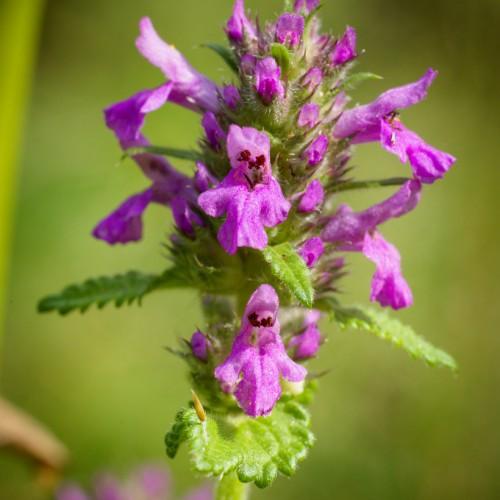
bishop's wort
Stachys officinalis
Cycle:
Herbaceous Perennial
Watering:
Average
Hardiness Zone:
4 - 8
Flowers:
Flowers
Sun:
Full sun
Leaf:
Yes
Growth Rate:
Low
Maintenance:
Low
Drought Tolerant:
Yes
Care Level:
Medium
watering
Bishop's Wort (Stachys officinalis) should be watered regularly, with an inch of water 1 to 2 times per week in the spring and summer months. In the autumn and winter, it should be watered only when the soil is dry to a depth of about 2 inches. It likes soil that is evenly moist but not soggy. Ensure that the pot has good drainage to prevent root rot and always make sure the plant receives bright but indirect sunlight.
sunlight
Bishop's Wort (Stachys officinalis) typically requires full sunlight in order to thrive. Ideally, the plant should receive at least 6 to 8 hours of direct sunlight on a daily basis. During the summer months when the days are longer, it is not necessary to supplement it with additional artificial lighting. However, during the winter months, when days are shorter, artificial lighting should be used in order to provide enough light for the plant to grow.
pruning
Bishop's wort (Stachys officinalis) does not require much pruning. Generally, it is recommended to prune the plant in early spring before new growth begins. You should prune off any dead, damaged or unhealthy branches and any tangled stems. You may also want to shape the plant slightly by trimming back the longer or more aggressive growth. However, keep in mind that Bishop's wort does not respond well to drastic pruning, as it can shock the plant. This may result in sparse foliage or die back, so prune lightly with a pair of sharp pruners.
